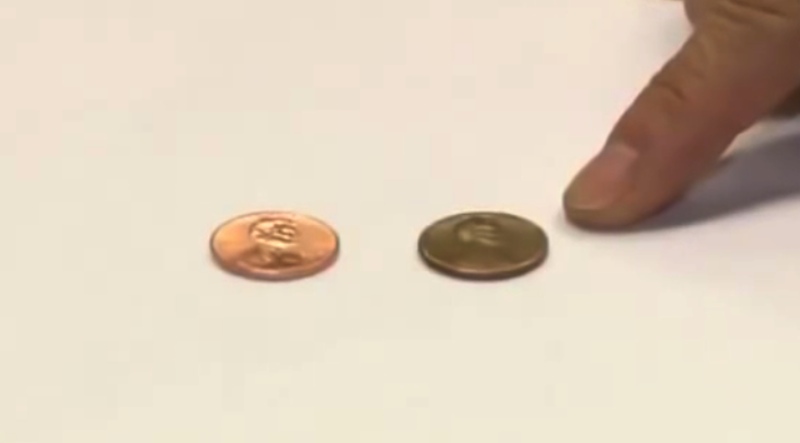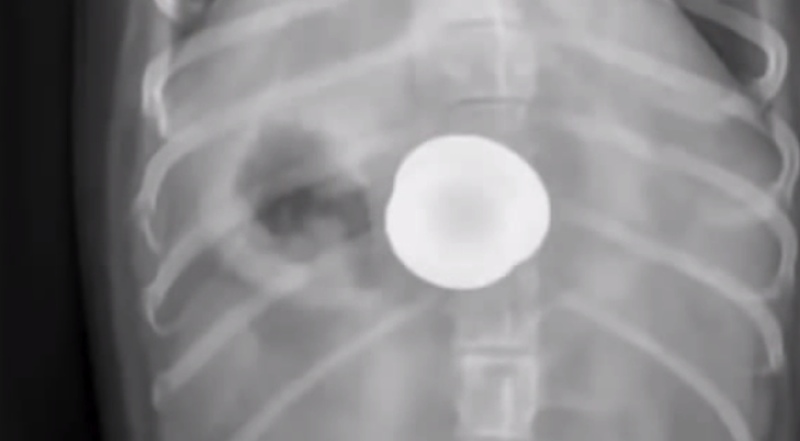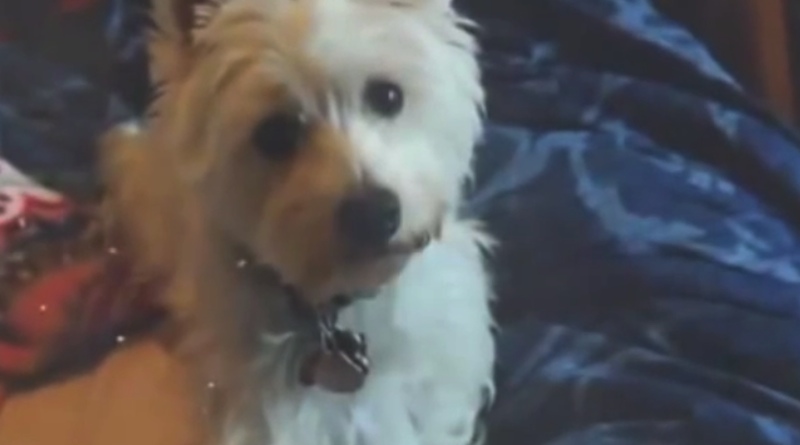It's a common fact that chocolate is bad for our furry friends, but I had no idea about the following information.
Who knew the change rattling around in your purse or pocket could be deadly to our canine companions? A woman named Maryann learned the hard way when her beloved West Highland White Terrier, Sierra, ate a penny that poisoned and killed her.
"Pennies are made of zinc. So if dogs ingest them, they sit in the stomach where the acids erode the thin copper covering. And the zinc becomes digested and toxic to them," says Dr. Leslie Longo, VRCC Emergency Vet. Symptoms of zinc poisoning include vomiting, diarrhea, lethargy, and red urine.
The most worrisome pennies are the ones minted after 1982. Pennies minted before 1982 are 95% copper (though it's better to be safe than sorry). Dogs may be attracted to the shininess of coins, and since animals are constantly sniffing around the home, it's very important to make sure there are no loose coins of any kind on the carpets, inside couch cushions and other easily accessible places.
As she mourned Sierra, Maryanne shared her story. She hopes other families won't have to go through the heartache of losing a pet to something so innocent and easily avoided.
Let Sierra's tragic story be a lesson: If you see loose change around your home, make sure to pick it up and put it somewhere safe. Also, make sure to familiarize yourself with other dangerous foods for pets.
Please SHARE this story with all your friends on Facebook, and help spread the word!
Pennies are made of zinc, which can be poisonous for dogs if digested. A woman named Maryanne learned the hard way when her beloved West Highland White Terrier, Sierra, ate a penny and passed away.

Dog owners should make sure to pick up and put away any pennies minted after 1982. That's because pennies minted before 1982 are 95% copper, not zinc.

Maryanne shared her story in the hopes other families won't have to go through the heartache of losing a pet like Sierra. Pick up that loose change!





